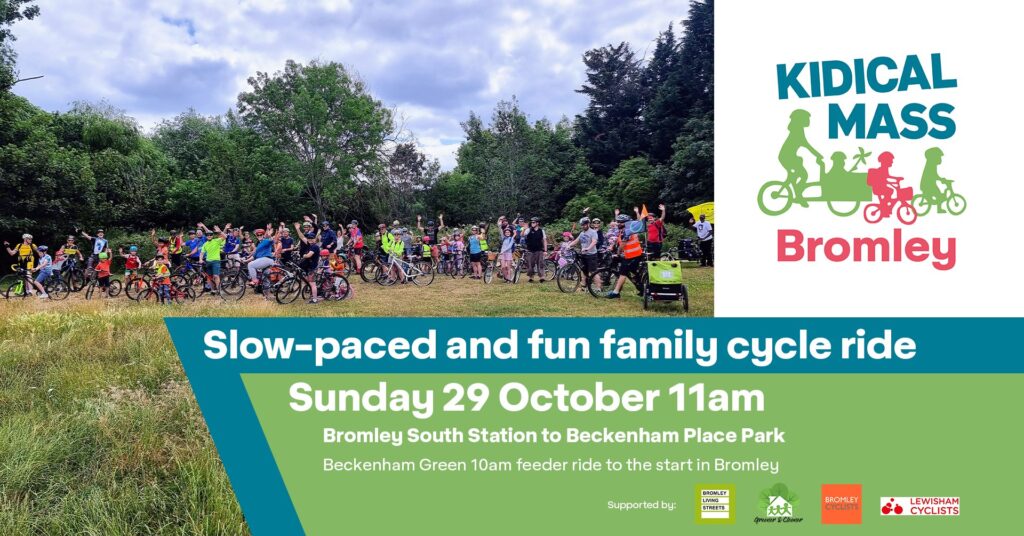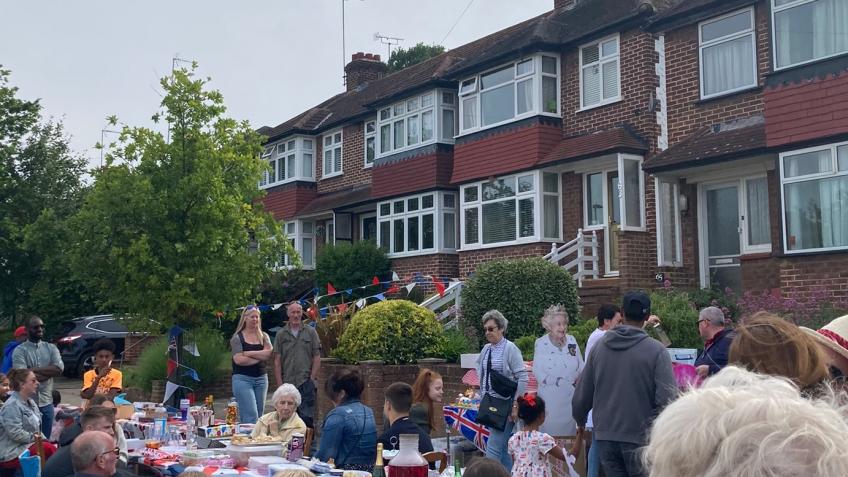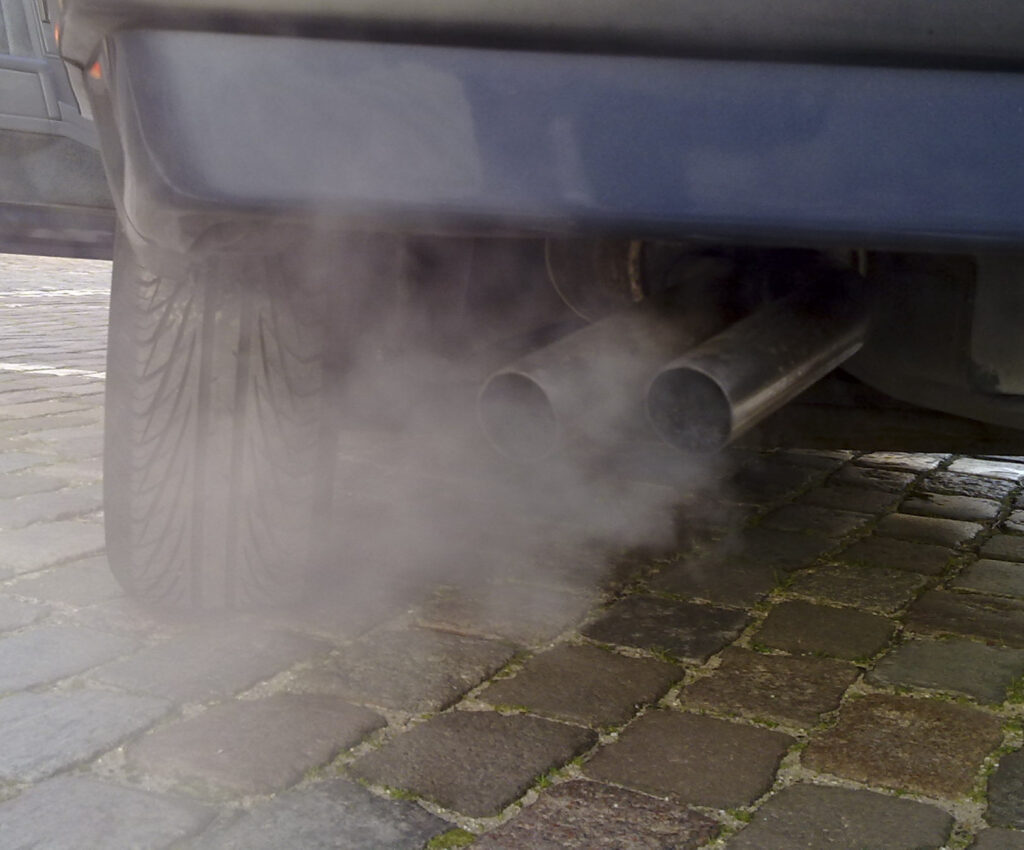Following the success of street parties held across Bromley to celebrate the Platinum Jubilee in 2022 and the King’s Coronation in 2023, Bromley Council is waiving road closure fees for those applying to hold a street party in support of the Big Lunch on June 1 or 2, 2024.
Continue reading “Reclaim your street for the Big Lunch 2024”Kidical Mass Bromley – next ride Sunday 29 October

Join us on the next Kidical Mass bike ride in Bromley on 29 October! Meet 11am at Bromley South Station, or 10am for the feeder ride from Beckenham Green.
Continue reading “Kidical Mass Bromley – next ride Sunday 29 October”Bromley Clean Air Day Webinar
Happy Clean Air Day 2023! You may be aware that London has had an episode of high air pollution this week, which makes today even more important even if it might be more appropriate to call today ‘not clean air day’ or ‘not yet clean air day’. I’m writing to you now to remind you of a couple of things you can do easily to take care and take action.
Continue reading “Bromley Clean Air Day Webinar”RideLondon Bromley feeder ride
It looks to be a spectacular Bank Holiday Weekend, weatherwise. Here are 3 reasons you should consider spending tomorrow (Sunday) doing RideLondon 2023.
Continue reading “RideLondon Bromley feeder ride”16 Bromley schools are doing the Sustrans Big Walk and Wheel 2023! Is yours?
Do you have one or more children at school? If the answer is yes, ask your child/ren’s teachers to register their school now for Sustrans Big Walk and Wheel, the UK’s biggest inter-school walking, wheeling, scooting and cycling to school competition.
Continue reading “16 Bromley schools are doing the Sustrans Big Walk and Wheel 2023! Is yours?”Kidical Mass Bromley

Join us on the next Kidical Mass bike ride in Bromley on 26 March! Meet 11am at Bromley South Station!
Continue reading “Kidical Mass Bromley”UK Parklets Day

Today is UK Parklets Day, and so we want to invite you to take 5 minutes to contribute a potential parklet location to Possible (a UK climate charity), write to your councillor to show your support for parklets, and then design a parklet to put there. At the moment, Possible’s map has very few locations marked in London Borough of Bromley. Let’s change that now. You can do it here: https://interactive.wearepossible.org/parkletplotter/
Continue reading “UK Parklets Day”15-Minute Cities Webinar – Recap
In case you missed last night’s webinar on 15-Minute Cities, this blog post summarises the presentations by Alice Roberts from CPRE London and Jeremy Leach from London Living Streets.
Continue reading “15-Minute Cities Webinar – Recap”Bromley Living Streets Webinar – Introducing ’15 Minute Cities’

Bromley Living Streets is delighted to announce a webinar introducing the concept of “15 Minute Cities” as a valuable tool for thinking through the future of town centres/high streets in London Borough of Bromley.
Continue reading “Bromley Living Streets Webinar – Introducing ’15 Minute Cities’”Close your street this June for a Platinum Jubilee Street Party!
What are streets for? It has become the norm that motor vehicles get priority on our streets and roads, but this June there is a unique chance to reclaim your local street as a place to build community, celebrate and allow children to play safely.
Continue reading “Close your street this June for a Platinum Jubilee Street Party!”
